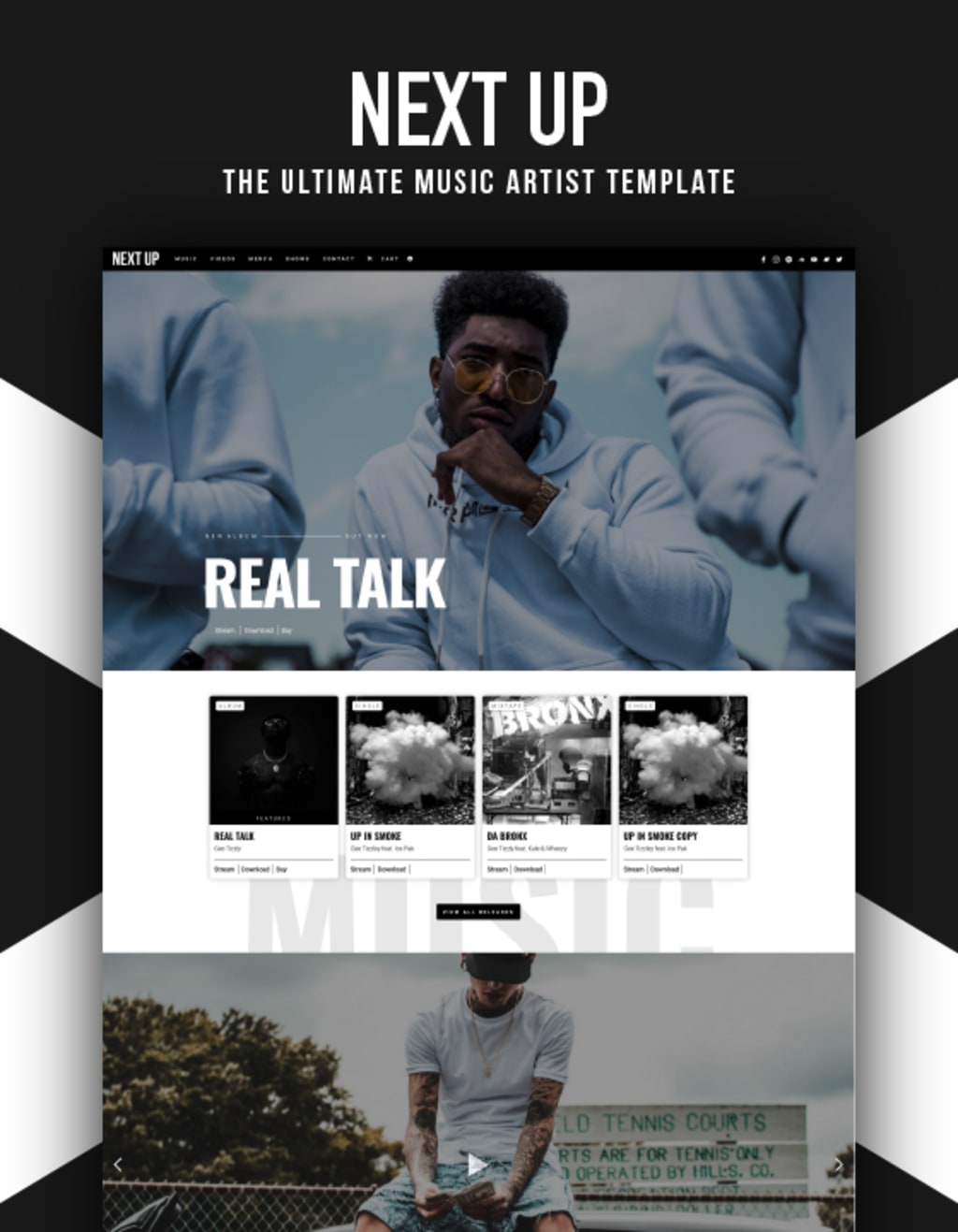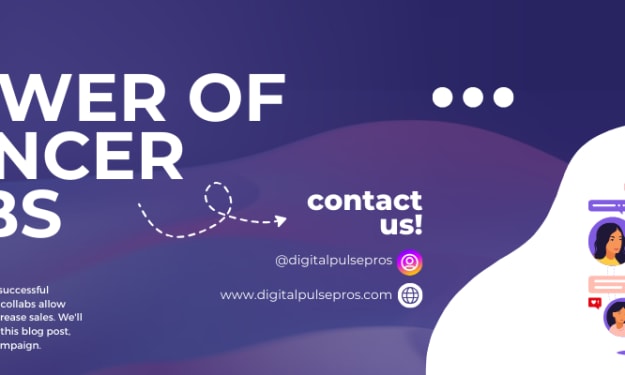Crafting a Professional Music Portfolio: Key Components
A professional music portfolio is an essential tool for musicians looking to showcase their talents and secure opportunities.

A professional music portfolio is an essential tool for musicians looking to showcase their talents and secure opportunities. But what does a music portfolio consist of? In this article, we’ll dive into the key components that make up a comprehensive and effective music portfolio.
In the ever-competitive music industry, having a meticulously crafted portfolio can set you apart from the competition. It's more than just a collection of your work; it's a narrative of your musical journey, achievements, and potential. Whether you're an aspiring artist or a seasoned musician, a well-organized portfolio can open doors to numerous opportunities, from gigs and collaborations to record deals and more.
Core Elements of a Music Portfolio
1. Biography
Your biography is the first piece of content most people will read, so it needs to be engaging and informative.
Personal Story: Share your background, how you got into music, and the influences that shaped your career. This makes your bio relatable and gives readers a sense of your personality.
Achievements: Highlight significant milestones such as awards, notable performances, and collaborations with other artists. This gives credibility to your work and showcases your journey.
Education and Training: Mention any formal education or training you’ve received, including workshops, masterclasses, and mentorships. This demonstrates your commitment to your craft.
A well-crafted bio helps to create a personal connection with your audience, giving them a reason to care about your music and your journey.
2. Resume
A professional resume is crucial in showcasing your experience and skills in the music industry.
Professional Experience: List your gigs, performances, and any work in the music industry in chronological order. Include details such as the date, location, and nature of each event. This helps to paint a clear picture of your career progression.
Skills and Specializations: Highlight specific skills such as instrumentation, vocal range, and genres you specialize in. This could also include technical skills like music production or songwriting.
Certifications and Awards: Include any certifications, awards, or recognitions you’ve received throughout your career.
Your resume should be concise yet comprehensive, giving a clear picture of your career and capabilities. Regularly update it to include new experiences and achievements.
3. Music Samples
Music samples are arguably the most critical component of your portfolio. They offer a tangible showcase of your talent.
High-Quality Recordings: Ensure your recordings are professionally produced to reflect your best work. Poor audio quality can detract from your talent and make a bad impression.
Variety: Include a range of genres, styles, and compositions to showcase your versatility. This might include solo work, collaborations, live recordings, and studio tracks.
Context: Provide brief descriptions of each piece, including the inspiration behind it, your role in its creation, and any notable performances. This context can help listeners appreciate your work even more.
Music samples should be easily accessible, whether through embedded audio players or links to streaming platforms. Quality over quantity is key here.
4. Performance Videos
Videos of your live performances provide insight into your stage presence and ability to engage with an audience.
Professional Footage: Invest in high-quality video recordings of your performances. Smartphone videos can be useful, but professionally shot footage will make a stronger impression.
Diverse Settings: Include performances from different venues, such as concerts, studio sessions, and informal gigs. This demonstrates your ability to perform in various settings.
Highlights: Feature standout moments that capture your energy and charisma on stage. Highlighting your interaction with the audience can also be beneficial.
Performance videos add a dynamic element to your portfolio, showcasing not just your music but your ability to engage and captivate an audience.
5. Press Clippings and Reviews
Third-party validations like press clippings and reviews add credibility to your portfolio.
Positive Reviews: Collect reviews from reputable sources, emphasizing positive feedback. Highlight quotes that praise your talent and professionalism.
Interviews and Features: Include links to interviews and feature articles where you’ve been mentioned. This shows that you’re recognized in the industry.
Press Releases: Share press releases of significant events like album releases, major performances, or announcements.
Having external endorsements strengthens your portfolio, providing evidence of your impact and recognition in the industry.
Additional Elements to Include
1. Social Media Links
In today’s digital age, social media presence is vital for any musician.
Active Profiles: Link to your active and professional profiles on platforms like Instagram, YouTube, and SoundCloud. Ensure these profiles are regularly updated and reflect your brand.
Engagement: Show how you interact with your audience and share updates regularly. Engagement metrics like follower counts and interaction rates can be included.
Content Variety: Include different types of content like behind-the-scenes footage, live sessions, and promotional posts. This gives a fuller picture of your activity and personality.
Your social media profiles should complement your portfolio, offering a more personal and interactive glimpse into your musical journey.
2. Contact Information
Ensure your contact details are easy to find and up-to-date.
Email Address: Provide a professional email address dedicated to your music career.
Phone Number: Include a contact number if appropriate. Make sure to specify the best times to contact you.
Social Media Handles: List your primary social media handles, especially those where you are most active.
Accessibility is crucial, so make sure your contact information is prominently displayed and easy to find.
3. Portfolio Website
A personal website serves as a central hub for all your content and provides a professional platform to showcase your portfolio.
Professional Design: Use a clean, professional design that reflects your brand. Avoid clutter and ensure the website is visually appealing.
Easy Navigation: Ensure your website is easy to navigate with clear sections for your bio, resume, music samples, performance videos, press clippings, and contact information.
Regular Updates: Keep your website updated with your latest work, news, and events. An outdated website can give a negative impression.
A well-maintained website enhances your professional image and provides a centralized platform for showcasing your portfolio.
Enhancing Your Portfolio
1. Engaging Multimedia Content
Beyond the basics, adding engaging multimedia content can elevate your portfolio.
Behind-the-Scenes Footage: Share videos and photos of your creative process, rehearsals, and studio sessions. This gives your audience a glimpse into your work ethic and personality.
Interviews and Q&A Sessions: Include recordings or transcripts of interviews and Q&A sessions where you discuss your music, inspiration, and career goals. This adds depth to your portfolio and showcases your communication skills.
Multimedia content can make your portfolio more engaging and memorable, helping you stand out to potential collaborators and industry professionals.
2. Testimonials
Testimonials from industry professionals, collaborators, and fans can add significant value to your portfolio.
Professional Testimonials: Seek testimonials from producers, managers, and fellow musicians who can vouch for your talent and work ethic.
Fan Feedback: Include quotes and comments from fans who have attended your performances or enjoyed your music. This shows that your work resonates with your audience.
Testimonials provide social proof of your abilities and can help build trust with potential collaborators and industry professionals.
Conclusion
A well-crafted music portfolio is essential for showcasing your talents and achievements. By including these key components and enhancing your portfolio with engaging multimedia content and testimonials, you can create a portfolio that truly reflects your professionalism and potential. Remember, your portfolio is a living document that should evolve with your career. Regularly update it with new achievements and content to ensure it remains current and compelling.
Creating a music portfolio is an ongoing process. It's not just about compiling your work but also about curating and presenting it in a way that tells your unique story. As you grow and evolve as a musician, so should your portfolio. Keep it fresh, relevant, and reflective of your journey and aspirations.
About the Creator
Enjoyed the story? Support the Creator.
Subscribe for free to receive all their stories in your feed. You could also pledge your support or give them a one-off tip, letting them know you appreciate their work.






Comments
There are no comments for this story
Be the first to respond and start the conversation.